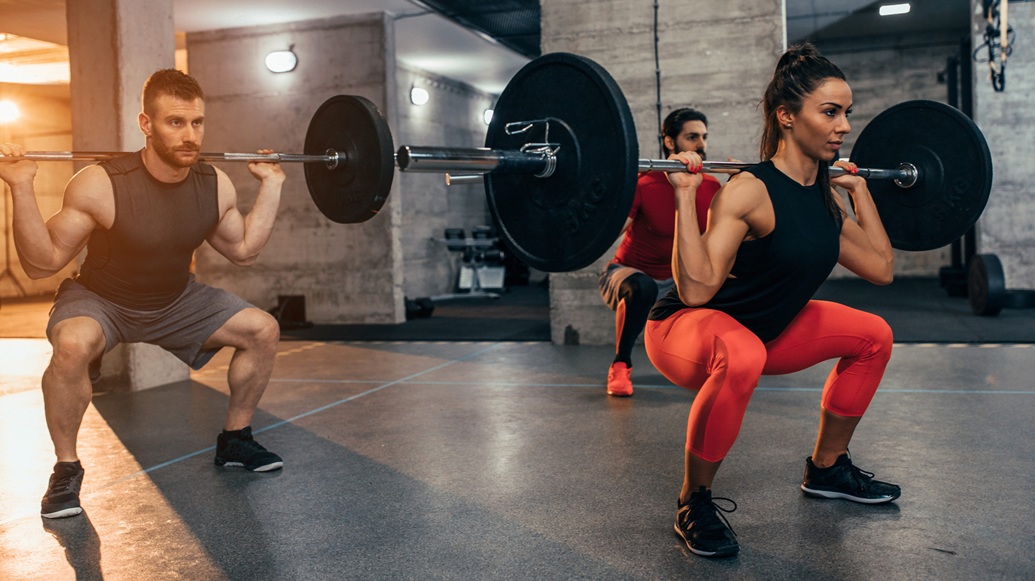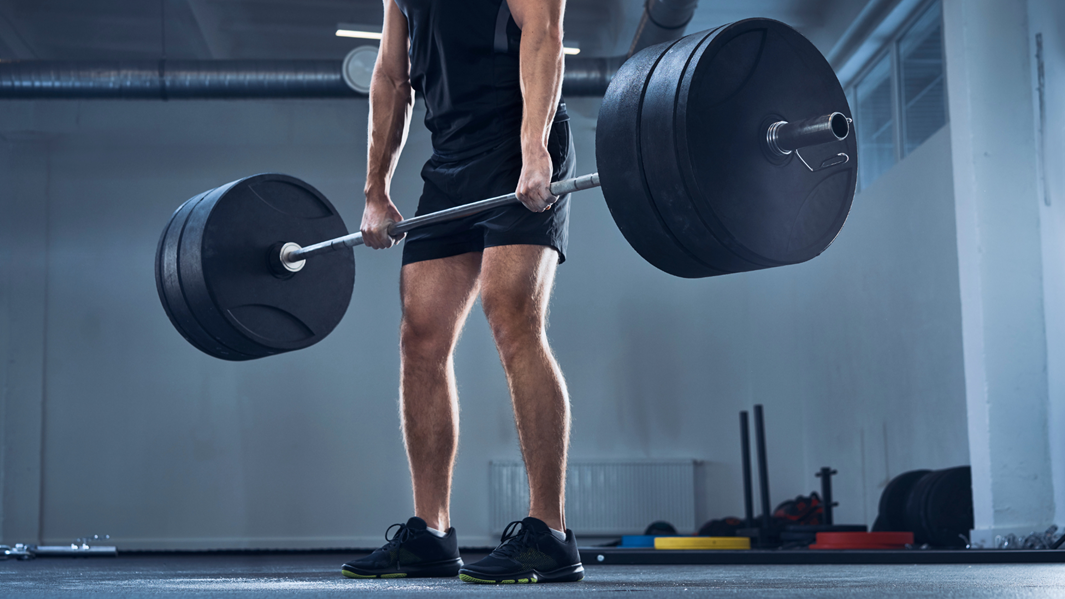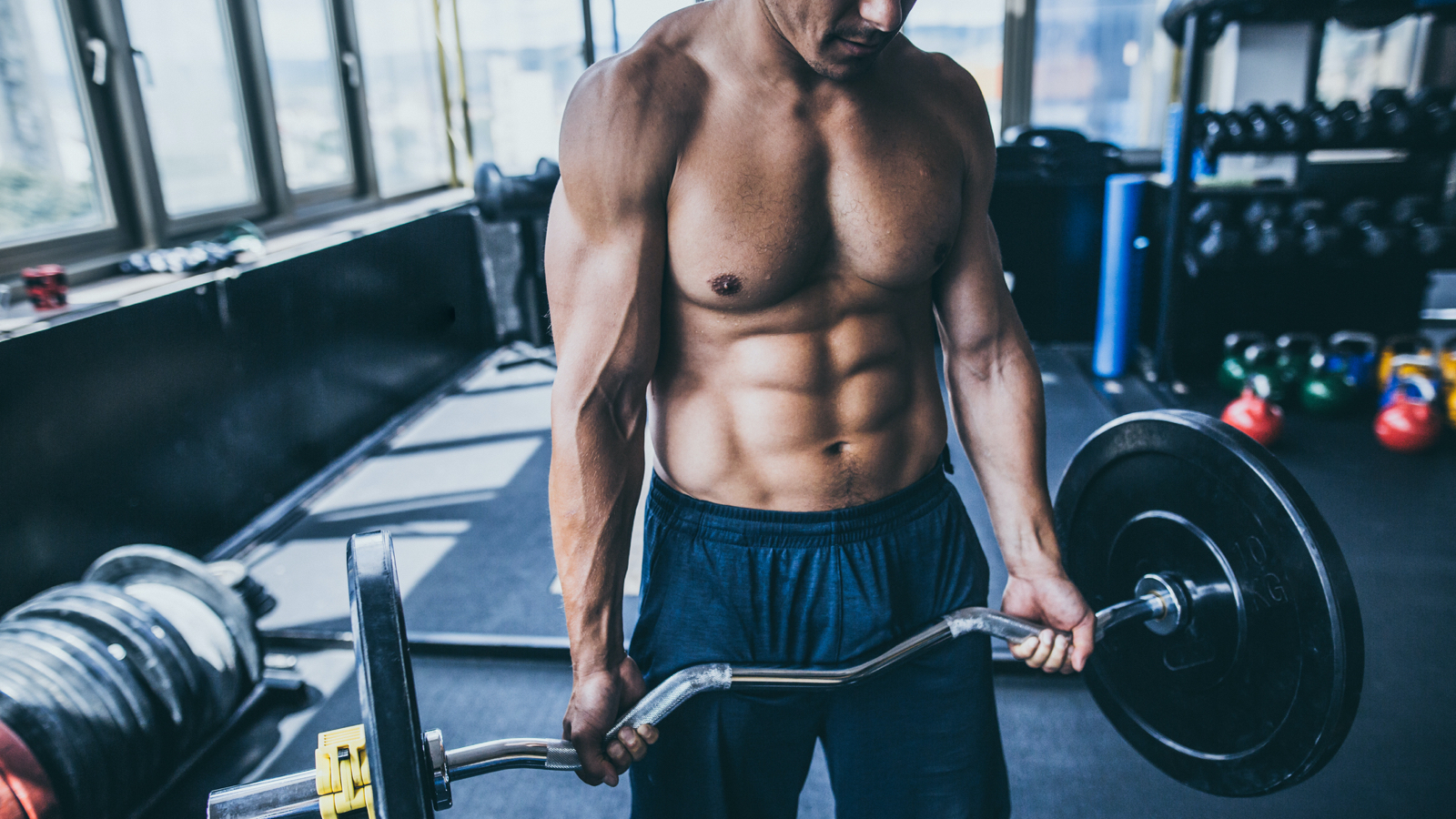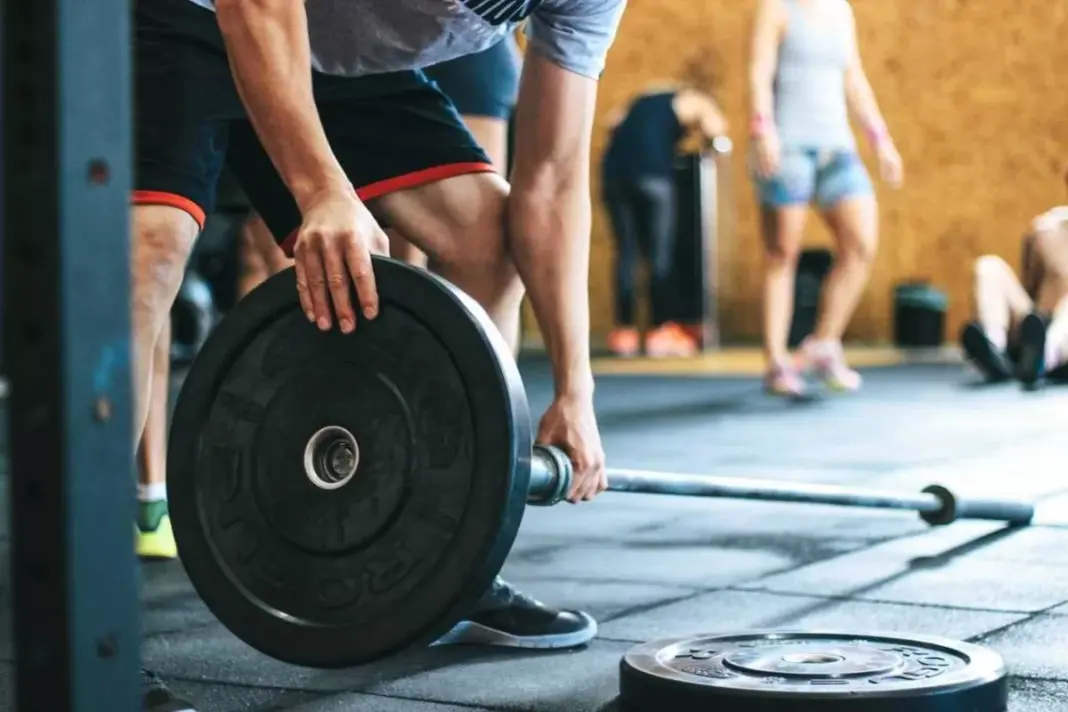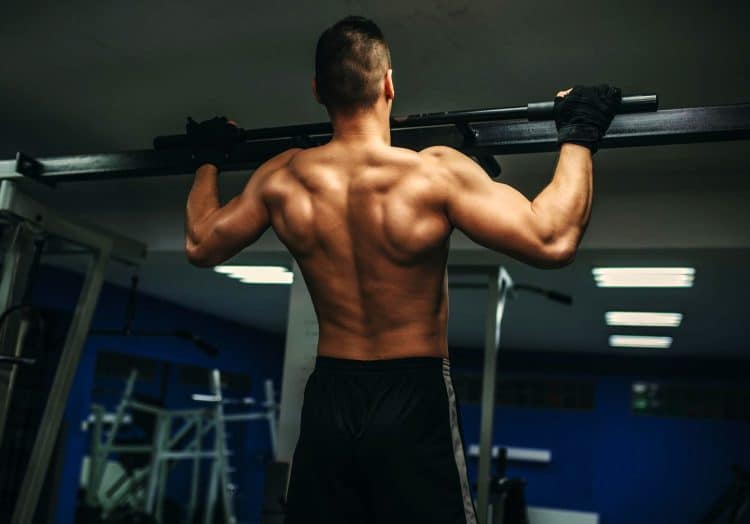Push/Pull/Legs vs. Upper/Lower vs. Full-Body: Choosing the Right Training Split
If you’ve been around the gym long enough, you’ve probably heard debates about the best training split.
Some lifters swear by the Push/Pull/Legs (PPL) routine, others stick to Upper/Lower splits, and some prefer the simplicity of Full-Body training.
Here’s the truth: there’s no one-size-fits-all answer. Each split has its advantages, drawbacks, and ideal applications depending on your goals, lifestyle, and experience level.
The key is understanding how each works so you can program intelligently, maximize progress, and avoid spinning your wheels.
This guide breaks down PPL, Upper/Lower, and Full-Body training from a bodybuilder’s perspective, compares them side by side, and shows you how to choose the right split for your physique and strength goals.
Why Your Training Split Matters
Before diving into the details, let’s make one thing clear: your split is the backbone of your training program. It dictates:
- Frequency – how often you hit each muscle group per week.
- Volume – total work performed for each body part.
- Recovery – how much rest you get between sessions.
- Progression – how quickly you can overload your muscles and grow.
The split itself doesn’t guarantee gains, but it sets the framework for consistent progression, balanced development, and long-term results.
Push/Pull/Legs Split
The Push/Pull/Legs (PPL) split is one of the most popular modern routines, especially among intermediate and advanced lifters.
- Push Day: Chest, shoulders, triceps.
- Pull Day: Back, traps, biceps.
- Leg Day: Quads, hamstrings, glutes, calves.
Most lifters run it 6 days per week (two cycles of PPL), though it can also be done on a 3-day or 4-day schedule.
Benefits of PPL
✅ Balanced Volume & Frequency – Hitting each muscle 2x/week is optimal for hypertrophy.
✅ Specialization-Friendly – Easy to adjust volume for lagging muscle groups.
✅ Separation of Movements – Push muscles won’t interfere with pull muscles, so you’re fresher for heavy lifts.
✅ Scalable – Works for intermediate and advanced lifters alike.
Drawbacks of PPL
⚠️ Time Commitment – Running it properly usually means training 5–6x/week.
⚠️ Leg Fatigue Factor – Some lifters mentally dread leg day and may underperform.
⚠️ Beginner Overkill – Too much volume and frequency for true beginners.
Best For:
- Intermediates and advanced bodybuilders who want balanced growth.
- Lifters who can train 5–6 days per week consistently.
- Those who want classic hypertrophy programming.
Upper/Lower Split
The Upper/Lower split divides the body into just two sessions:
- Upper Day: Chest, back, shoulders, arms.
- Lower Day: Quads, hamstrings, glutes, calves.
It’s typically run 4 days per week (Upper/Lower/Rest/Upper/Lower/Rest/Rest), though some lifters push 5 days.
Benefits of Upper/Lower
✅ Efficient Training – You hit all major muscle groups in just 2 sessions.
✅ Balanced Frequency – Each muscle gets trained 2x/week, ideal for hypertrophy.
✅ Flexibility – Easier to fit into a busy schedule than PPL.
✅ Strength-Friendly – Works great for combining hypertrophy and compound lifts.
Drawbacks of Upper/Lower
⚠️ Long Workouts – Upper body days can drag on if you add lots of isolation work.
⚠️ Overlap Fatigue – Chest, shoulders, and triceps often overlap in pressing volume.
⚠️ Less Specialization – Harder to prioritize lagging body parts compared to PPL.
Best For:
- Intermediates looking for a balance of strength and size.
- Lifters who can train 4 days per week.
- People who want simplicity with effective frequency.
Full-Body Training
Full-body training is the classic split where you train the entire body in a single session. Traditionally, it’s done 2–3 days per week.
Benefits of Full-Body
✅ Time Efficient – Great for busy lifters who can’t hit the gym daily.
✅ High Frequency Per Muscle – Every muscle gets hit 2–3x per week.
✅ Great for Beginners – Teaches compound lifts, builds a base, and avoids junk volume.
✅ Strength Carryover – Ideal for athletes or those wanting to build a foundation.
Drawbacks of Full-Body
⚠️ Limited Volume Per Muscle – Hard to pack in enough isolation for bodybuilding.
⚠️ Workout Fatigue – Sessions can feel rushed or draining if you overdo it.
⚠️ Plateau Risk – Eventually, volume demands may outgrow the format.
Best For:
- Beginners building a foundation of strength and size.
- Lifters with limited time who can only train 2–3x/week.
- Those prioritizing strength and efficiency over isolation work.
Side-by-Side Comparison
| Split | Frequency (per muscle) | Volume Potential | Time Commitment | Best For |
| Push/Pull/Legs | 2x/week (6 days) | High | 5–6 days/week | Intermediate–Advanced bodybuilders |
| Upper/Lower | 2x/week (4 days) | Moderate–High | 4 days/week | Intermediate lifters, strength + hypertrophy |
| Full-Body | 2–3x/week | Low–Moderate | 2–3 days/week | Beginners, busy lifters, athletes |
How to Choose the Right Split
Choosing the right split comes down to experience, recovery, and lifestyle:
- Beginners → Start with Full-Body, 2–3x/week. Focus on learning big lifts and building a base.
- Intermediates → Progress to Upper/Lower, 4 days per week. Great balance of frequency and recovery.
- Advanced lifters → Use PPL to maximize volume and detail work. 5–6 days per week suits higher training capacity.
- Busy lifters → Stick with Full-Body or an abbreviated Upper/Lower. Consistency beats perfection.
- Physique-focused lifters → PPL allows the best isolation and specialization for bodybuilding.
Sample Programs
Here are quick outlines for each split so you can see them in practice:
Push/Pull/Legs (6-Day Example)
- Push 1: Bench press, OHP, dips, lateral raises.
- Pull 1: Deadlifts, pull-ups, rows, curls.
- Legs 1: Squats, lunges, hamstring curls, calves.
- Push 2: Incline bench, Arnold press, skull crushers, cable fly.
- Pull 2: Barbell rows, face pulls, shrugs, hammer curls.
- Legs 2: Front squat, RDLs, split squats, calves.
Upper/Lower (4-Day Example)
- Upper 1: Bench, row, OHP, pull-ups, curls, triceps.
- Lower 1: Squat, RDL, lunges, calves, abs.
- Upper 2: Incline press, pull-ups, lateral raises, rows, arms.
- Lower 2: Deadlift, Bulgarian split squat, hip thrust, calves, abs.
Full-Body (3-Day Example)
- Day 1: Squat, bench, row, overhead press, calves.
- Day 2: Deadlift, incline press, pull-ups, lateral raises, abs.
- Day 3: Front squat, OHP, dips, curls, face pulls.
Final Word: There’s No “Best Split”
At the end of the day, the best training split is the one you can stick to consistently, recover from, and progress on.
- Beginners should master the basics with Full-Body training.
- Intermediates thrive on Upper/Lower splits for balanced size and strength.
- Advanced bodybuilders benefit most from PPL for higher volume and specialization.
Remember: your training split is just the framework. What really drives growth is progressive overload, good nutrition, and consistent recovery. Nail those fundamentals, pick the split that fits your life, and the gains will come.

